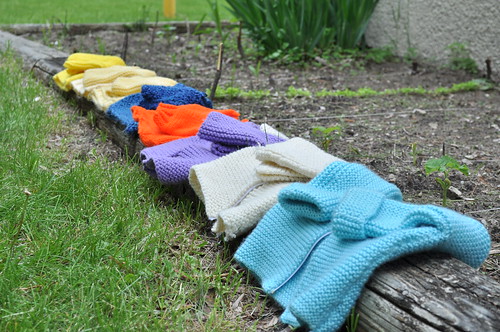
Who Owns Sherlock Holmes?
“How the Humanities Compute in the Classroom” from The Chronicle of Higher Education. A few schools are creating “digital humanities” programs that bring together computer skills such as programming, database creation and management, and new and emerging technologies with traditional studies of the classics. This is an opportunity I wish I’d had. Short list of resources for teaching digital humanities follows the article.
“Quantifying the Continued Relevance of America’s Public Libraries” from Library Journal. A Pew Research Center study asked a very small sampling of Americans about how much they and their communities use and value their public libraries. The response was overwhelming: A great deal, on both counts. The author of this article says that this information needs to get into the hands and minds of policy and budget makers. He’s right. My only qualm with this article is that the Pew survey only asked 6,224 people, which doesn’t seem like nearly enough.
“Who Owns Sherlock Holmes?” from The Economist. A federal judge issued a ruling earlier this week reinforcing that Sherlock Holmes … remains part of the public domain.” All but ten of Sir Arthur Conan Doyle’s Holmes stories were published before 1923, and all but those ten are in public domain. The remaining ten remain the property of the Doyle estate and those wishing to use those stories must pay the estate. Economist article gives a good summary of the facts of the case and current and past/relevant copyright issues.
“What Happens to all the Salt We Dump on the Roads?” from Smithsonian Magazine. I grew up in northern Iowa, went to grad school near Cleveland, and live in the Twin Cities (Minnesota), and every year our roads are salted more than an order of McDonald’s fries, so I’ve wondered about this for a long time. Consequences can include saltiness of drinking water (though because it takes so much, this is quite rare), decreased water flow, desert conditions in runoff areas, and increased roadkill when deer and other animals lick the salt off the sides of the roads.

